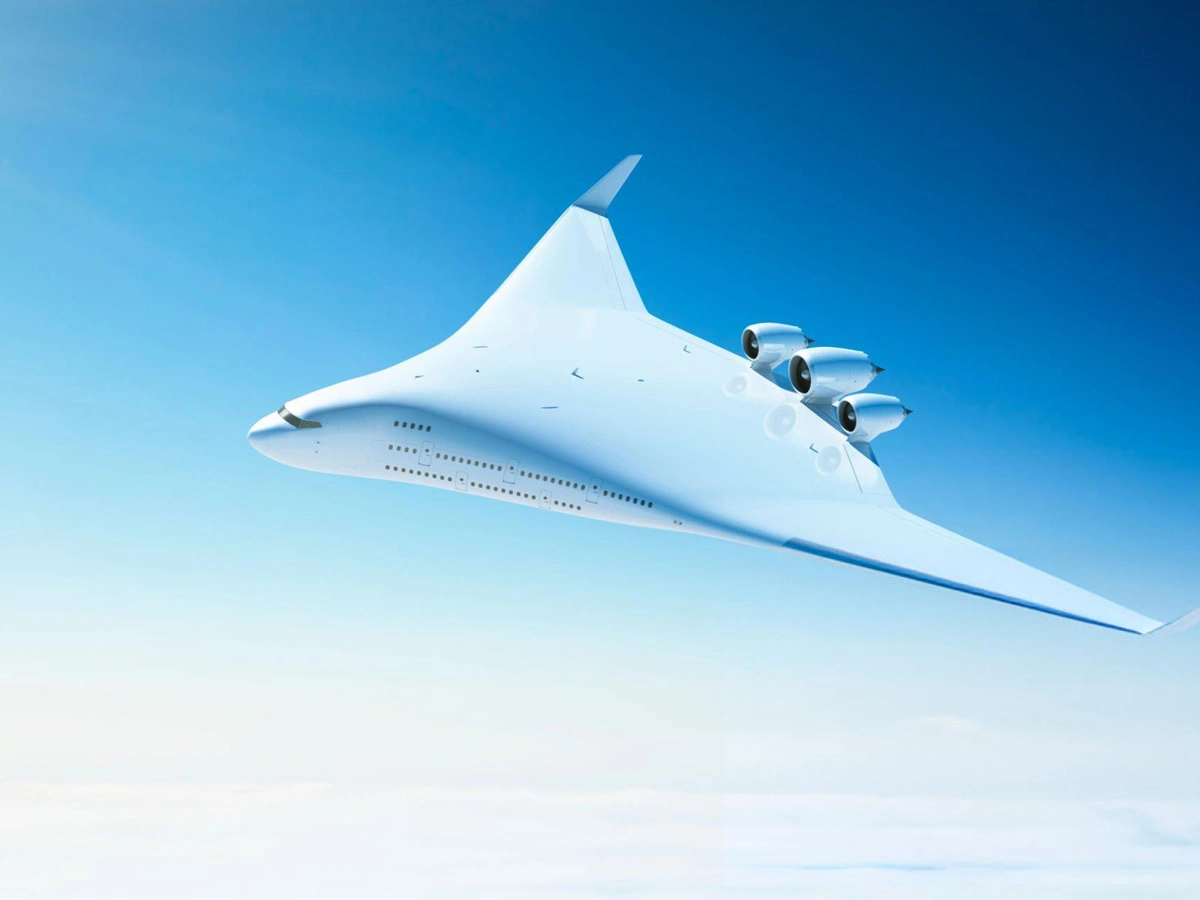The aviation industry is on the brink of a transformative era, driven by the need to reduce carbon emissions and combat climate change. Among the promising technologies poised to revolutionize air travel, hydrogen-powered aircraft stand out as a leading contender. This shift from traditional jet fuel to hydrogen presents an exciting opportunity to reshape the future of aviation. This essay explores the potential of hydrogen-powered aircraft, examining their environmental benefits, technological challenges, and the broader implications for the aviation industry.
The Imperative for Change
The aviation sector is a significant contributor to global greenhouse gas emissions. According to the International Air Transport Association (IATA), commercial aviation accounts for about 2-3% of global CO2 emissions. As air travel continues to grow, the pressure to reduce these emissions intensifies. Traditional jet fuels, primarily derived from fossil sources, emit substantial amounts of CO2 and other pollutants. The transition to hydrogen-powered aircraft offers a compelling solution to mitigate these environmental impacts.
Understanding Hydrogen Power
Hydrogen power involves using hydrogen as a fuel source to generate energy. When hydrogen is used in fuel cells, it reacts with oxygen to produce electricity, with water as the only byproduct. This contrasts sharply with the combustion of fossil fuels, which releases harmful greenhouse gases and particulates.
Hydrogen can be stored in two main forms: as a liquid or in high-pressure gaseous form. Liquid hydrogen is particularly advantageous for aviation due to its higher energy density by volume, although it requires cryogenic storage at extremely low temperatures. Gaseous hydrogen, while less dense, can be stored at high pressure and might be easier to manage in some aircraft designs.
Environmental Benefits
The primary environmental benefit of hydrogen-powered aircraft is their potential to eliminate CO2 emissions during flight. Since hydrogen fuel cells produce only water vapor as a byproduct, they represent a zero-emission solution in terms of greenhouse gases. This could dramatically reduce the carbon footprint of air travel.
Additionally, hydrogen-powered aircraft have the potential to reduce other pollutants associated with conventional jet fuels, such as nitrogen oxides (NOx) and particulate matter. These pollutants contribute to air quality issues and have adverse health effects. By addressing these pollutants, hydrogen aircraft could also contribute to better air quality around airports and flight paths.
Technological Challenges
Despite the promising environmental benefits, several technological challenges must be overcome before hydrogen-powered aircraft become a reality.
-
Storage and Distribution:
Hydrogen's low density requires specialized storage solutions. Liquid hydrogen must be stored at cryogenic temperatures (around -253°C or -423°F), which presents significant engineering and safety challenges. High-pressure gaseous hydrogen requires robust and lightweight tanks, which add complexity to aircraft design.
-
Infrastructure Development:
The current infrastructure for hydrogen production, distribution, and refueling is limited. Developing a network of hydrogen refueling stations at airports is essential for the widespread adoption of hydrogen-powered aircraft. This infrastructure must be designed to ensure safety and efficiency.
-
Energy Density:
While hydrogen has a high energy content by weight, it has a lower energy density by volume compared to conventional jet fuels. This impacts the range and payload capacity of hydrogen-powered aircraft. Engineers must develop new designs and technologies to optimize hydrogen storage and usage.
-
Production Methods:
The environmental benefits of hydrogen depend significantly on how it is produced. Currently, most hydrogen is produced from natural gas through a process called steam methane reforming, which emits CO2. Green hydrogen, produced via electrolysis using renewable energy sources, is the ideal solution but is currently more expensive. Scaling up green hydrogen production is crucial for ensuring the overall sustainability of hydrogen aviation.
-
Cost:
The development and deployment of hydrogen-powered aircraft require substantial investment. The cost of hydrogen fuel cells, storage systems, and aircraft modifications must be competitive with existing technologies to facilitate widespread adoption.
Current Developments and Initiatives
Several aerospace companies and research institutions are actively working on hydrogen-powered aircraft. Notable examples include:
- Airbus: Airbus has unveiled its “ZEROe” concept aircraft, which envisions a range of designs utilizing hydrogen fuel cells. These concepts include a turboprop design, a classic airliner shape, and a blended-wing body. Airbus aims to have a hydrogen-powered commercial aircraft in service by 2035.
- Hydrogen Aviation: Companies like ZeroAvia and Universal Hydrogen are developing smaller hydrogen-powered aircraft. ZeroAvia’s hydrogen fuel cell-powered aircraft have demonstrated successful test flights, showcasing the feasibility of this technology for regional flights.
- Boeing: Boeing has also explored hydrogen propulsion, including research into fuel cells and hybrid-electric systems. The company is investigating how hydrogen can be integrated into future aircraft designs.
- Government and Industry Collaborations: Governments and industry bodies are supporting research and development through funding and partnerships. The European Union’s Horizon 2020 program, for instance, has invested in projects like the “HYDROGENIA” initiative to advance hydrogen aviation technology.
Economic and Social Implications
The shift to hydrogen-powered aircraft carries significant economic and social implications.
- Economic Growth: The development of a hydrogen economy could spur economic growth, creating new jobs in manufacturing, infrastructure development, and fuel production. Investments in hydrogen technology could also lead to innovation and competitiveness in the global aerospace industry.
- Air Travel Accessibility: As hydrogen-powered aircraft become more efficient and cost-effective, they could potentially reduce the cost of air travel, making it more accessible to a broader range of passengers.
- Regional Development: Hydrogen production and infrastructure development can promote regional economic development, especially in areas with renewable energy resources. This can lead to job creation and economic benefits in regions that produce green hydrogen.
- Public Perception: The successful deployment of hydrogen-powered aircraft could enhance the public’s perception of aviation as a more sustainable mode of transportation. This positive shift could drive increased support for environmental initiatives and sustainable technologies.
The Path Forward
For hydrogen-powered aircraft to become a mainstream reality, concerted efforts are needed across multiple fronts:
- Research and Innovation: Continued research into hydrogen technology, including fuel cells, storage solutions, and production methods, is essential. Collaboration between industry, government, and academia will accelerate progress.
- Regulatory Support: Governments must develop policies and regulations that support the development and deployment of hydrogen aviation. This includes safety standards, subsidies, and incentives for research and infrastructure development.
- Infrastructure Investment: Building a comprehensive hydrogen refueling infrastructure is crucial for the practical adoption of hydrogen-powered aircraft. Investments in hydrogen production, distribution, and refueling facilities are necessary.
- Public and Industry Engagement: Engaging with the public and industry stakeholders to build support for hydrogen aviation is important. Educating stakeholders about the benefits and feasibility of hydrogen technology will foster acceptance and collaboration.
Hydrogen-powered aircraft represent a transformative opportunity for the aviation industry. With the potential to drastically reduce greenhouse gas emissions and improve air quality, hydrogen technology aligns with global sustainability goals. However, realizing this potential requires overcoming significant technological, economic, and infrastructural challenges. Through continued research, innovation, and collaborative efforts, the vision of a hydrogen-powered aviation future can become a reality, paving the way for a more sustainable and environmentally-friendly era of air travel.















